Display

Strain characteristics
1. Bifidobacterium adolescentis widely distributed, mainly in the gastrointestinal tract, yogurt products, etc .;
2. Bifidobacterium adolescents has the function of improving the intestinal environment, it can regulate the abnormal conditions of the human intestine, and it is the predominant flora with probiotics in the human digestive tract;
3. Bifidobacterium adolescent itself produces a large amount of acidic substances during the growth process. These acidic metabolites can quickly reduce the pH value of the culture fluid, which is not conducive to the growth of Escherichia coli, and thus has an antibacterial effect;
4. Bifidobacterium adolescent can significantly reduce islet inflammation and reduce the incidence of type 1 diabetes; inactivated bifidobacterium adolescent has the same ability to adhere and colonize as live bacteria
5. Bifidobacterium adolescentis can enhance the host’s non-specific and specific immune response. This improvement of the host’s immune function is achieved through a variety of ways: including promoting intestinal epithelial cells to adhere to BFB, promoting its colonization, and forming protective properties. Biological barriers, which in turn improve the host’s cellular and humoral immune functions;
6. Bacteria are safe and non-pathogenic.
Size and colony morphology
1. Size Under the electron microscope, the bacterial cells are long bacilli, uniformly stained, and the size is basically the same. The bacterial cells occasionally have bifurcation, as shown in the figure:
2. Colony morphology. Grow on MRS plates and culture at 37 ° C for 24 hours. The colonies are round to 1-2 mm, micro-long, (grey) white-edge colonies.
Suitable for growing environment
This bacteria is suitable for growth under facultative anaerobic conditions. The optimal growth temperature is 37-41 ° C, the optimal fermentation temperature is 35-4O ° C, the minimum growth temperature is 25-28 ° C, and the maximum growth temperature is 43-45 ° C. Suitable initial pH is 6.5-7.0.
Growth characteristics
1 culture characteristics: culture in the laboratory, can be cultured with MRS medium;
2 Biochemical characteristics: Poor growth under aerobic culture, the colonies become significantly smaller, the size of the needle tip, translucent. After subculture, there was no obvious change in the morphology of the naked eye. From the fifth generation, the morphology of the cells became thicker and shorter under the light microscope, and the staining did not change significantly. It is darker, but the central stain of the bacteria body becomes lighter and slightly reddish. After passage, the bacteria’s oxygen tolerance is enhanced, and the aerobic culture grows gradually, showing that the morphology of the colony becomes larger and the growth time is shortened.
Function & Application
Bifidobacterium adolescentis synthesizes various B vitamins that are beneficial to the nutritional health of the host organism. Also, bifidobacteria contain phytase activity, enabling the dephosphorylation of phytic acid (myo-inositol hexaphosphate, IP6) and produce several myo-inositol phosphate intermediates, IP3, IP4, and IP5. IP6 has been shown to have antinutritional effects by limiting the dietary bioavailability of amino acids and minerals such as Ca2+, Z2+, and Fe2+. However, bifidobacteria reduce these effects by dephosphorylating IP6 into less phosphorylated products during food processing and gastrointestinal transit. Additionally, these less phosphorylated intermediates are also involved in regulating vital cellular functions. In the process of manufacturing fermented milk products, new methods have been developed to preserve the bacteria during the manufacturing. To avoid problems during the de-aerating step of processing fermented milks, bifidobacteria are mixed with Streptococcus thermophilus, which has a high oxygen-utilizing ability. To keep oxygen permeability low, glass bottles or aluminum-laminated packages are used to distribute the product.
In the field of genetic engineering, some species of bifidobacteria have plasmids and have been cloned into E. coli vectors together with an antibiotic resistance marker and have resulted in the replication of bifidobacteria and E. coli by the generations of shuttle vectors.
Health Care Product Food Additive Bifidobacterium Adolescentis
| Fermented Milk |
Dietary Supplements |
Functional Foods |
 |
 |
 |
| Fermented Milk |
Dietary Supplements |
Functional Foods |
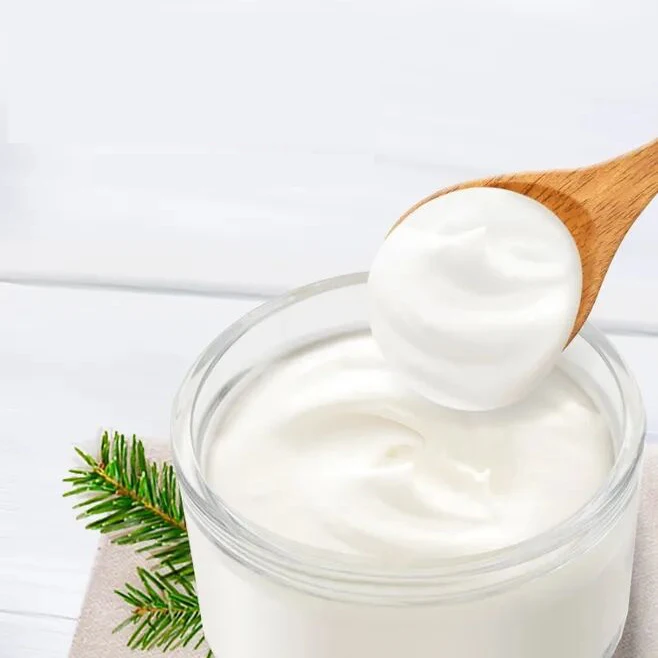 |
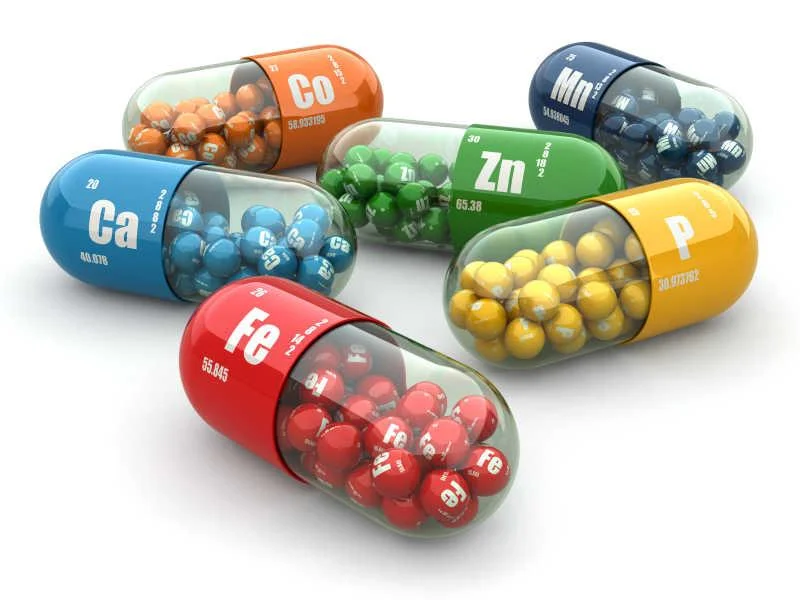 |
 |
 Test report
Test report

Sample
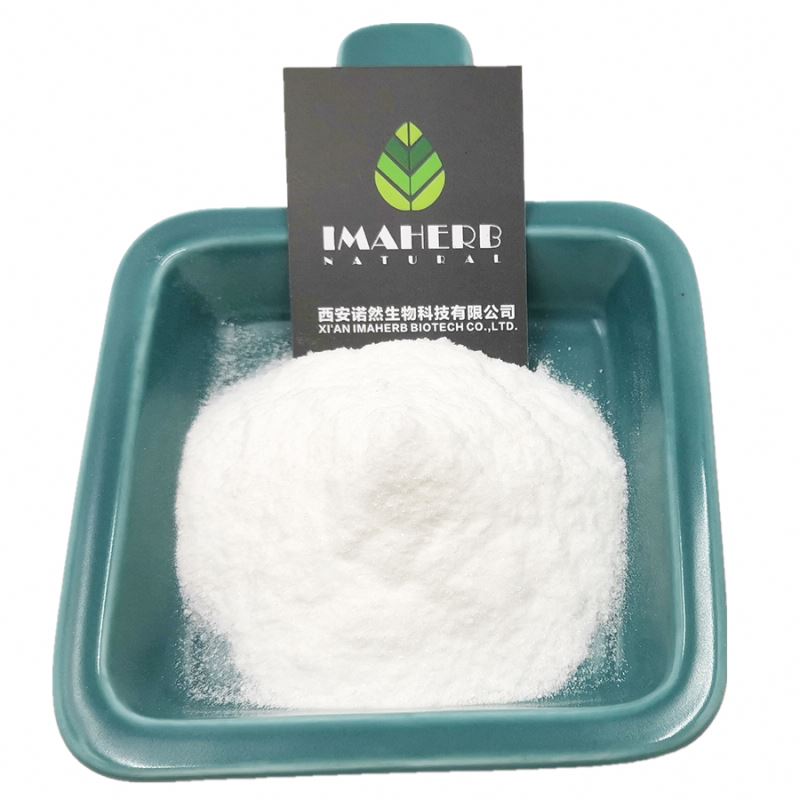






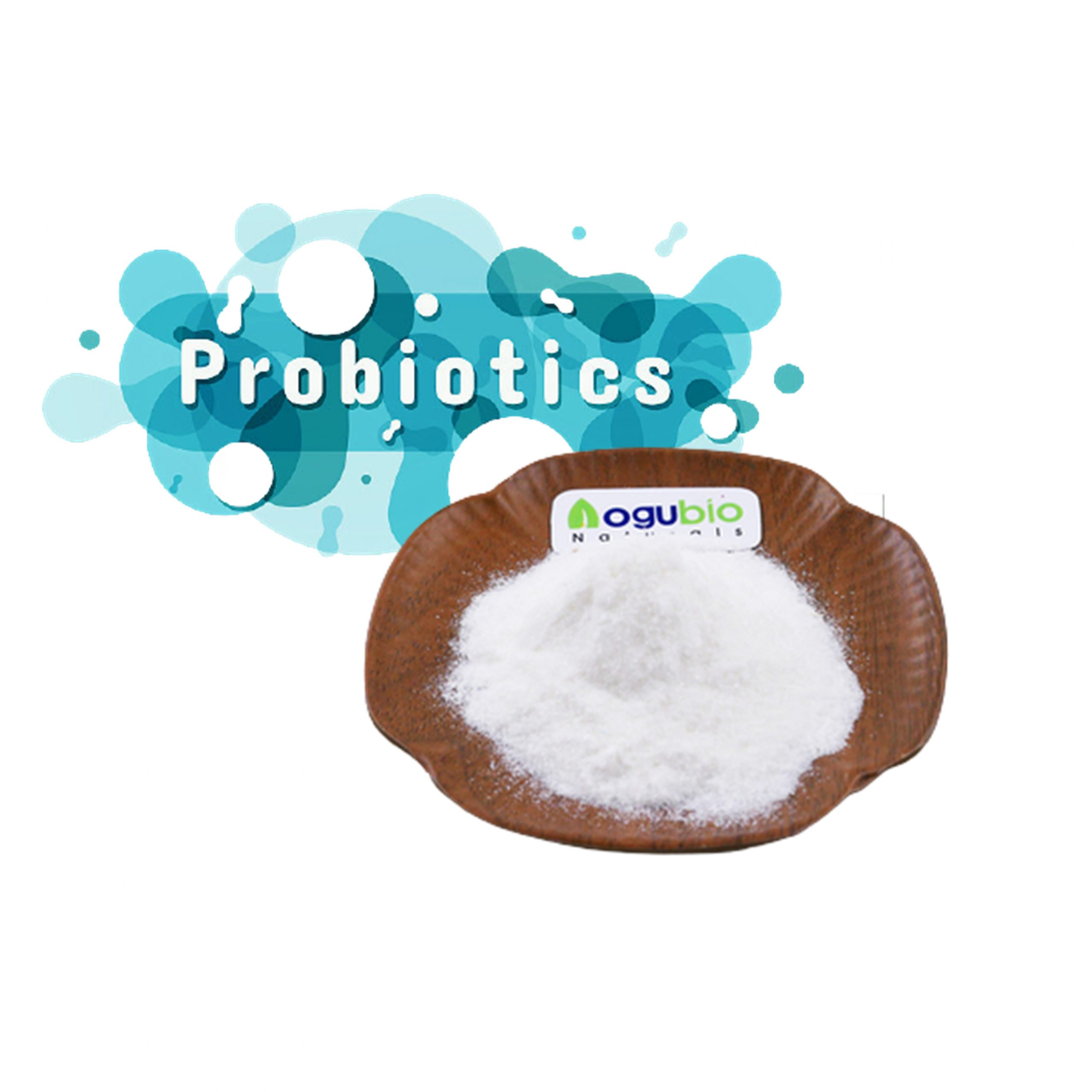
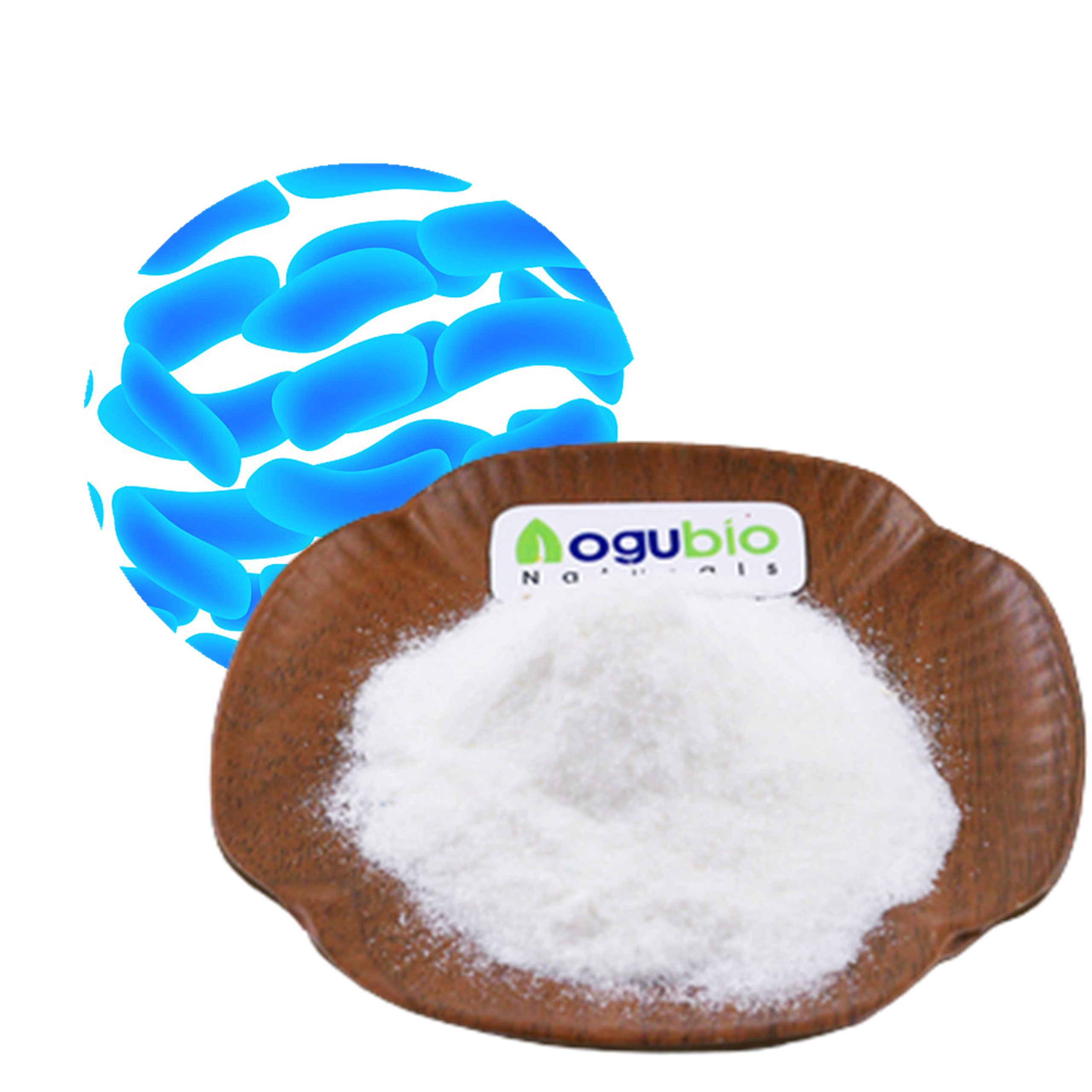
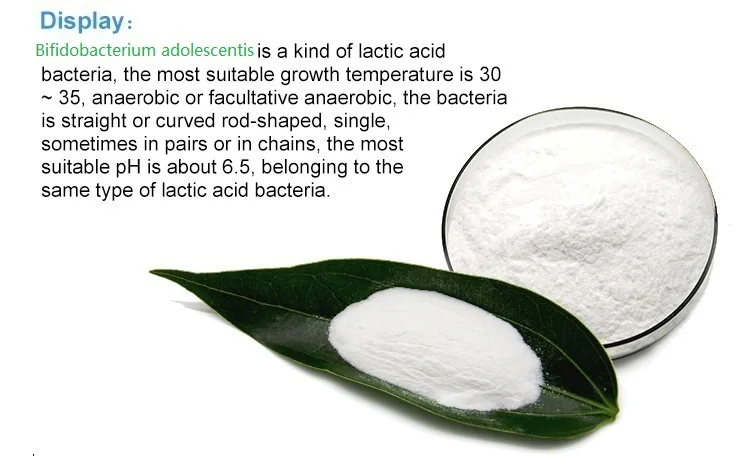






 Test report
Test report


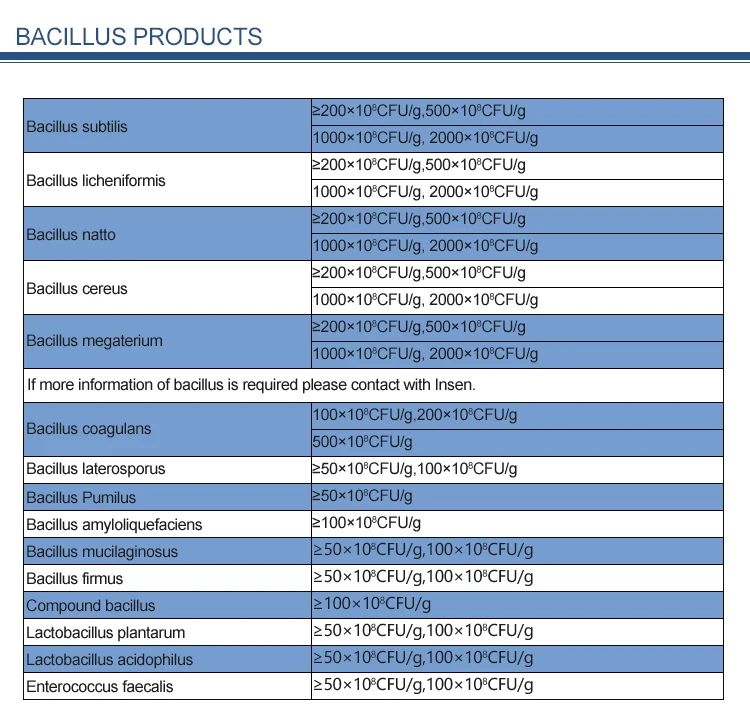
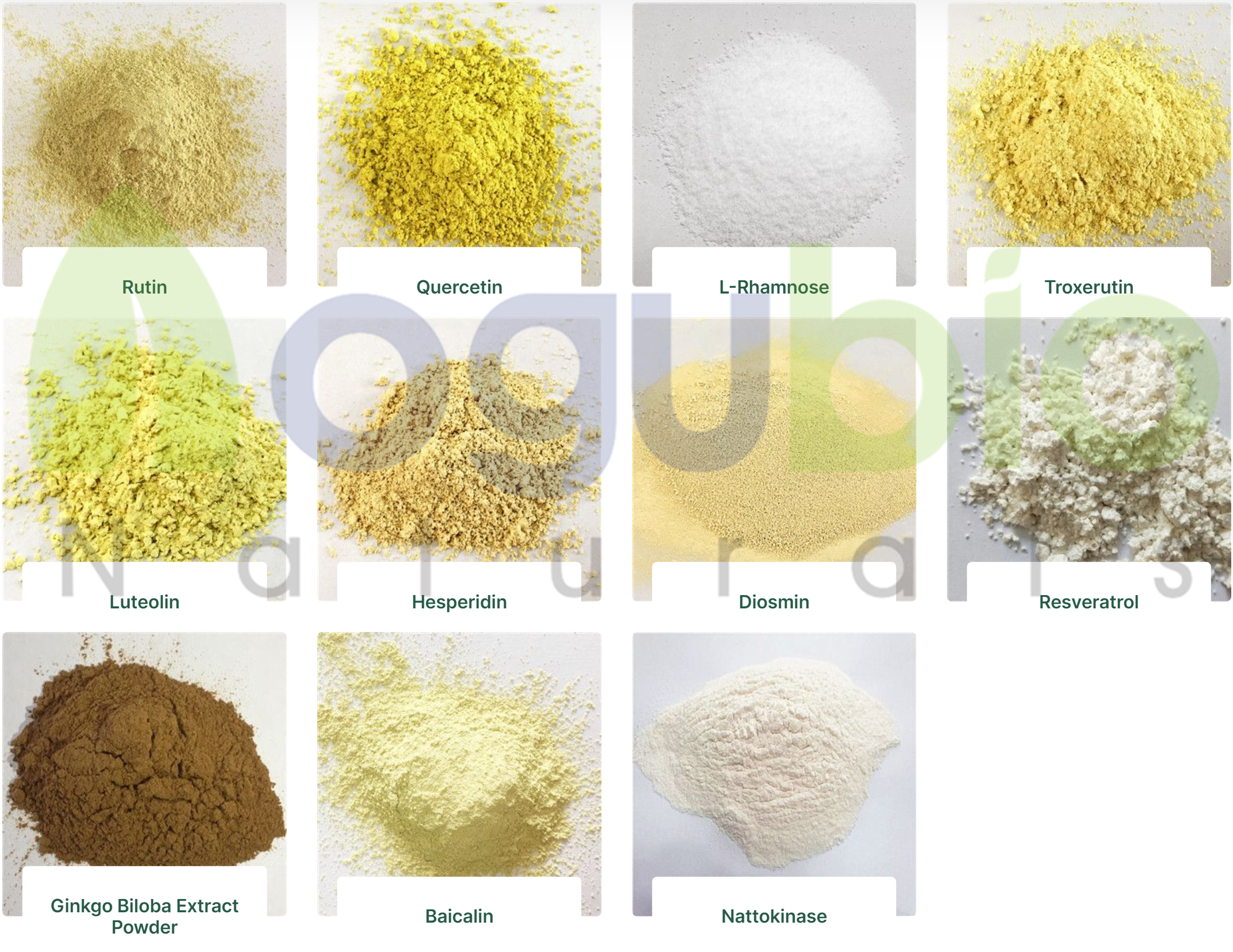




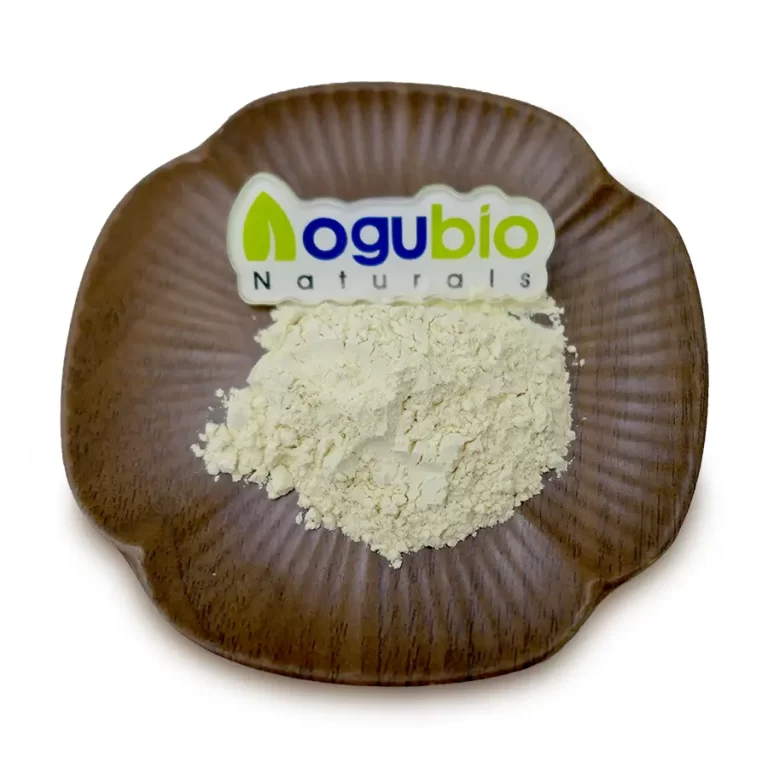
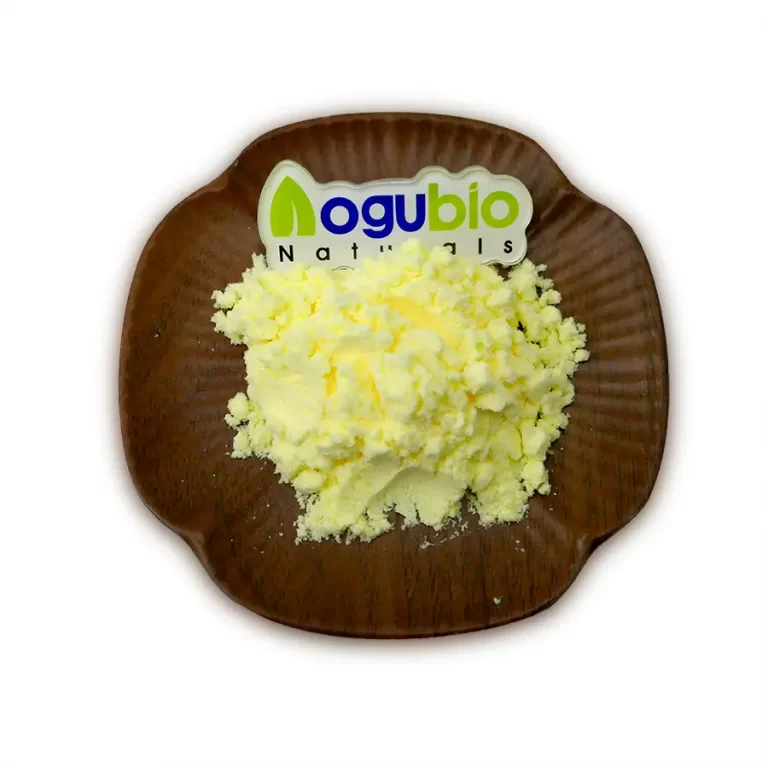
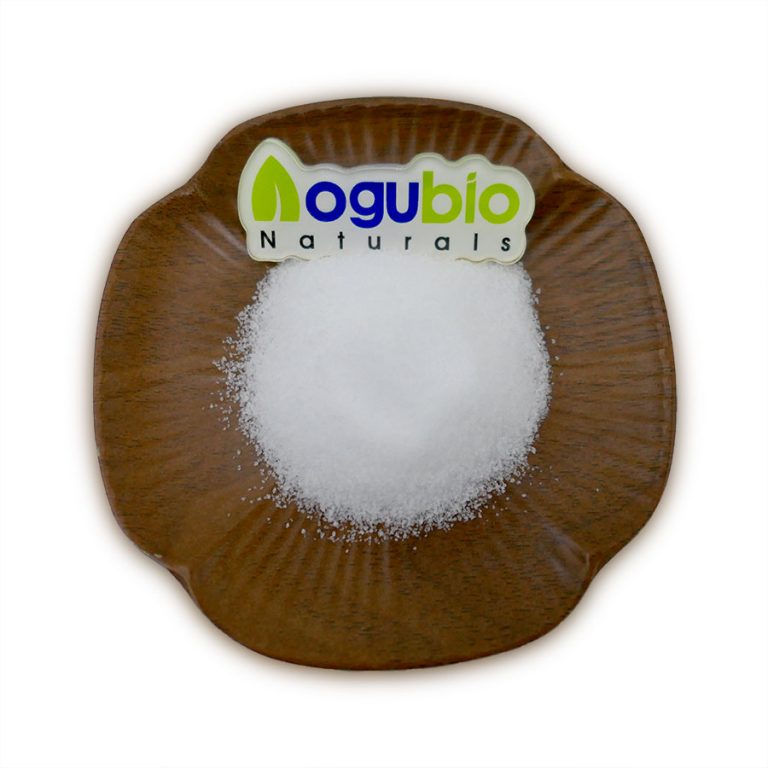

 skype
skype Sales Manager
Sales Manager Rebekah
Rebekah Rachel
Rachel Miranda
Miranda Camilla
Camilla
 Sales Manager
Sales Manager